1. Carpeted Bathrooms
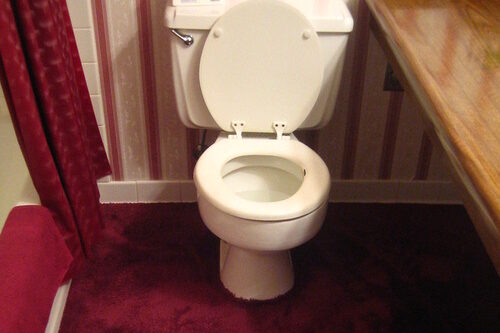
If you grew up in certain parts of the U.S., you probably remember this one: wall-to-wall carpeting in the bathroom. It felt cozy underfoot, sure, but looking back, it’s a little wild to think we covered the most humid, spill-prone room in the house with fabric. It wasn’t just a small rug in front of the tub, either—we’re talking full carpeting right up to the toilet. The idea was to bring comfort and warmth to a cold room, but the moisture made for some not-so-great hygiene situations shares YouGov Research.
Other countries never really adopted this trend, probably because it defied all logic when it came to cleanliness. In places like Europe and Asia, tiled bathrooms with easy-to-clean surfaces were always the standard. While Americans leaned into plush comfort, much of the world saw carpeted bathrooms as a breeding ground for mold. These days, even here, it’s more of a punchline than a preference says the Telegraph.
2. Popcorn Ceilings
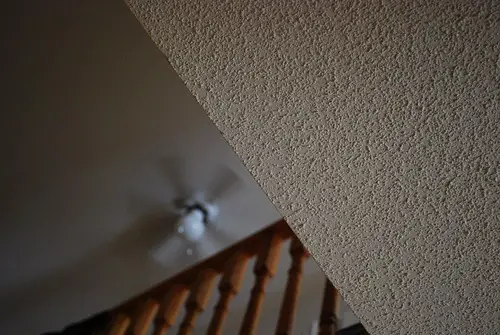
Ah yes, the bumpy, textured ceilings that were in just about every suburban home for decades. They were supposed to hide imperfections and muffle sound, but they ended up being a magnet for dust and a nightmare to clean. Many of us remember lying in bed as kids, staring up at those weird little peaks and wondering what they were made of. Spoiler: sometimes, asbestos shares Southern Living.
While the U.S. leaned heavily into the popcorn ceiling aesthetic from the ’50s through the ’80s, most other countries never bit. Smooth plaster or sleek painted finishes remained the norm elsewhere. In fact, a lot of international travelers found popcorn ceilings downright confusing when they visited. They’ve since become a renovation target for American homeowners, scraping them away one tedious square foot at a time says MSN.
3. Conversation Pits
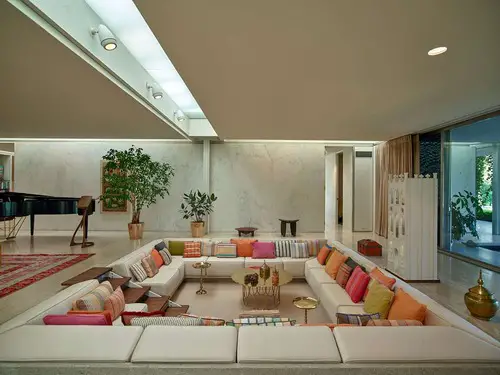
If your parents were trendsetters in the ’60s or ’70s, you might’ve had one of these sunken living room features in your home. A conversation pit was a recessed seating area, usually decked out with shag carpeting and oversized cushions, meant to bring everyone together for quality time. It looked like something straight out of The Brady Bunch, and honestly, it kind of was.
But outside of the U.S., this architectural choice didn’t really catch on. Maybe it was the tripping hazard or the impracticality of cleaning such an oddly shaped space. European homes especially, with their smaller square footage, leaned toward function over groovy form. These days, conversation pits are having a bit of a revival in modern builds, but mostly for their retro charm.
4. Wallpaper Borders
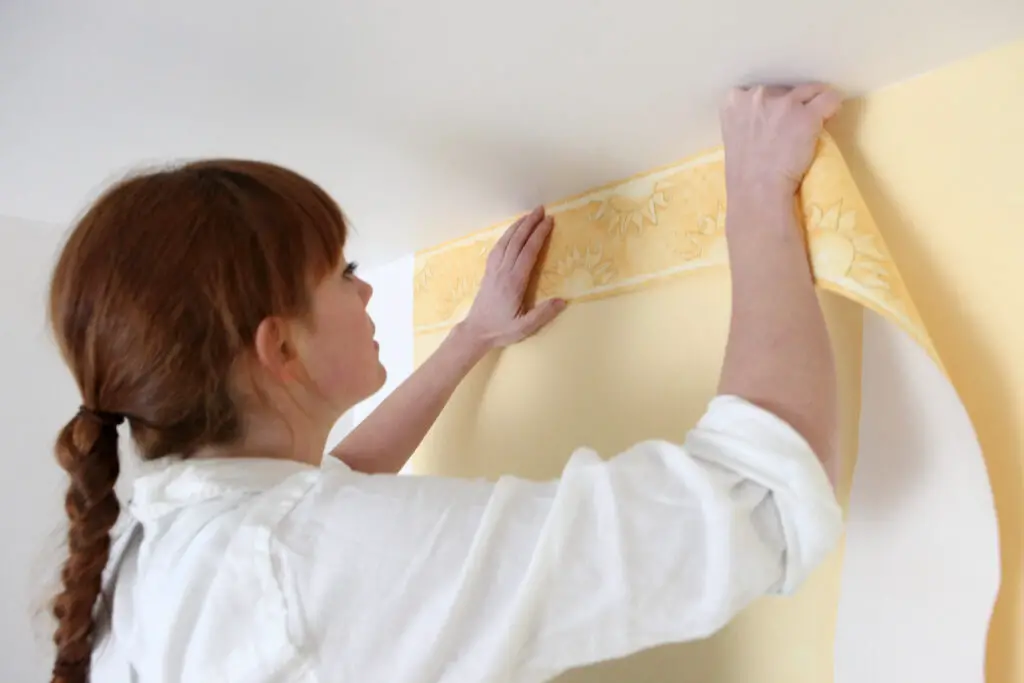
There was a time when no American kitchen or kid’s bedroom was complete without a wallpaper border. Usually a strip of patterned paper that ran along the top of the wall, it was meant to add a little flair without committing to a full wallpaper job. Florals, ducks, ivy, teddy bears—you name it, there was a border for it.
But if you crossed the ocean, most folks were like… why? In countries with a longer tradition of high-quality wallpaper or painted walls, these tiny, floating borders looked out of place. They didn’t serve much of a purpose besides visual clutter, and they fell out of fashion fast. Over time, Americans began peeling them off too—especially when it became clear how hard they were to remove.
5. Vertical Blinds
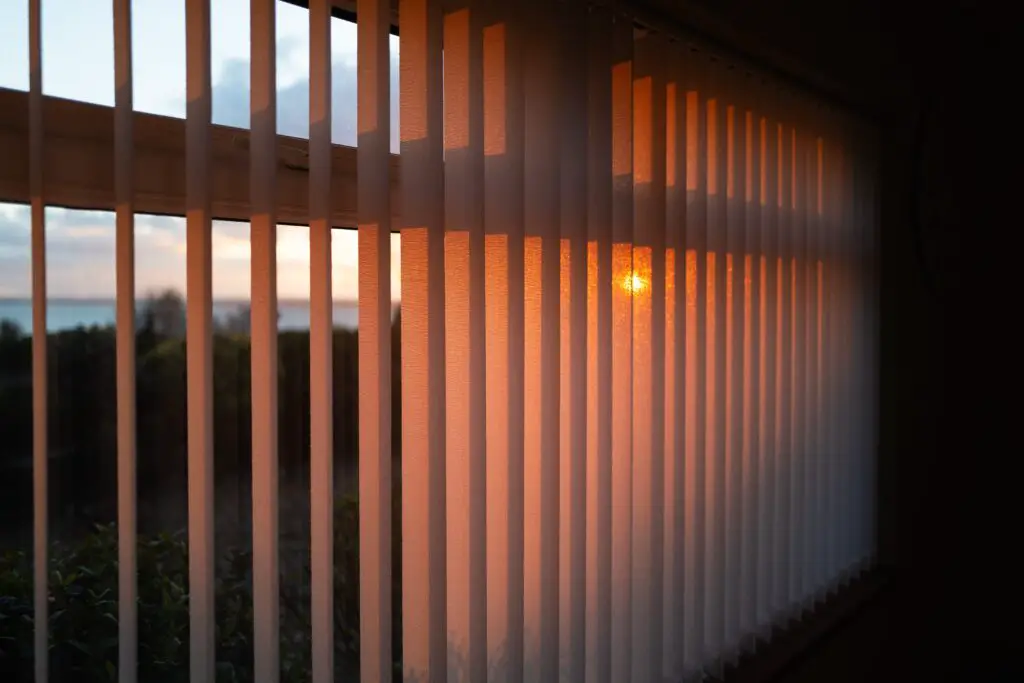
There was something very “adult” about vertical blinds in the living room. Usually in beige or white, they clicked together when you walked by and had that one bent slat no one ever bothered fixing. They were supposed to be practical for sliding doors and big windows, but they weren’t exactly stylish.
Outside of the U.S., especially in design-forward countries like Sweden or Japan, vertical blinds never got much traction. They favored softer textiles like curtains or sleek roller shades. The clunky, office-like feel of vertical blinds didn’t translate well in homes abroad. Nowadays, they’re mostly associated with dentist offices or apartments that haven’t been updated since the ’90s.
6. Waterbeds
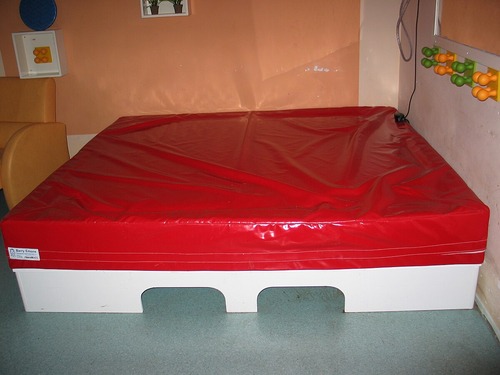
For a hot minute, waterbeds were the pinnacle of cool. Your parents might’ve sworn by theirs, saying it was great for back support and romance alike. Some had heaters, wave settings, and even built-in headboards with mirrors. It was like sleeping on the ocean—if the ocean was made of thick plastic and smelled faintly like rubber.
But they were a uniquely American obsession. Overseas, most people thought the idea of sloshing around all night was bizarre. Not to mention the risk of leaks, or the sheer effort it took to move one. The maintenance alone was enough to scare off the rest of the world, and even here, their popularity eventually dried up.
7. Ruffled Toilet Seat Covers

Nothing said “mom’s touch” like a plush, ruffled toilet seat cover with a matching tank topper and maybe even a cozy for the extra roll. Usually in pastel or floral prints, they made the bathroom feel like a mini living room. It was part of the wider trend of softening every space, even ones that were supposed to be utilitarian.
But overseas, this kind of bathroom frilliness didn’t really fly. The rest of the world prioritized sleek and sanitary when it came to toilets, not ruffled accessories that had to be washed regularly. To them, it was like dressing up a toilet in doll clothes. For many Americans, though, it was just another way to make the house feel homey.
8. Plastic Couch Covers
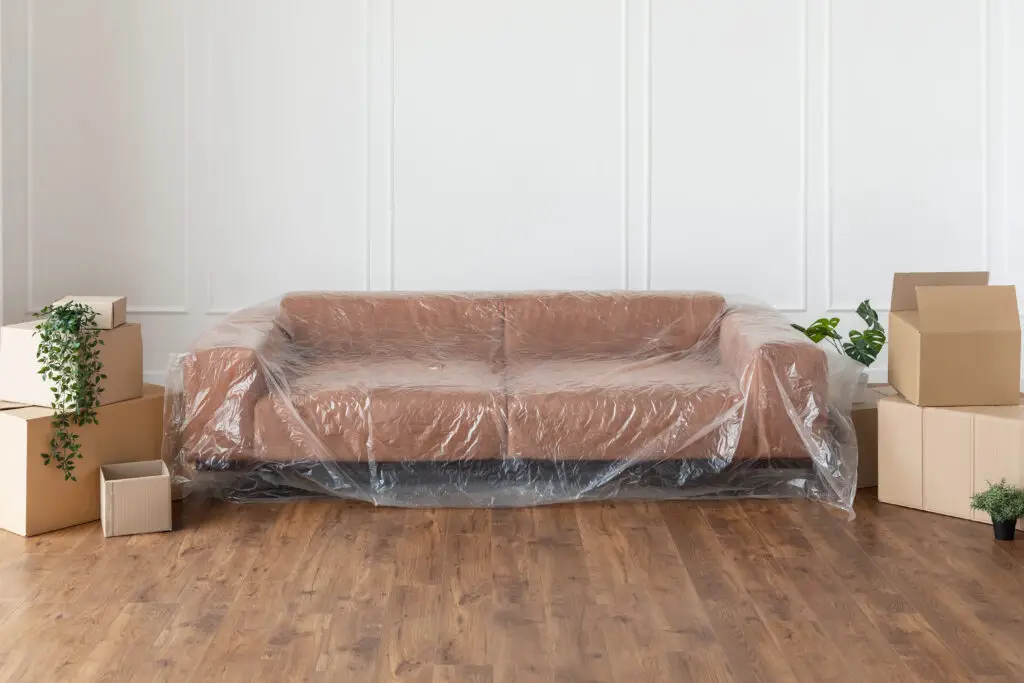
If your grandma had a plastic cover on her couch, you weren’t alone. It was the ultimate way to protect your “good” furniture from spills, pet hair, and sticky fingers. But the result was sitting down and instantly sticking to the seat. Not exactly inviting.
This trend never really translated beyond American households. Other countries tended to value comfort and natural aging in furniture—letting leather wear in or fabric fade naturally. The idea of preserving something so meticulously that you couldn’t even enjoy it didn’t make much sense abroad. These days, most of us just use a throw blanket and call it good.
9. Mirrored Walls
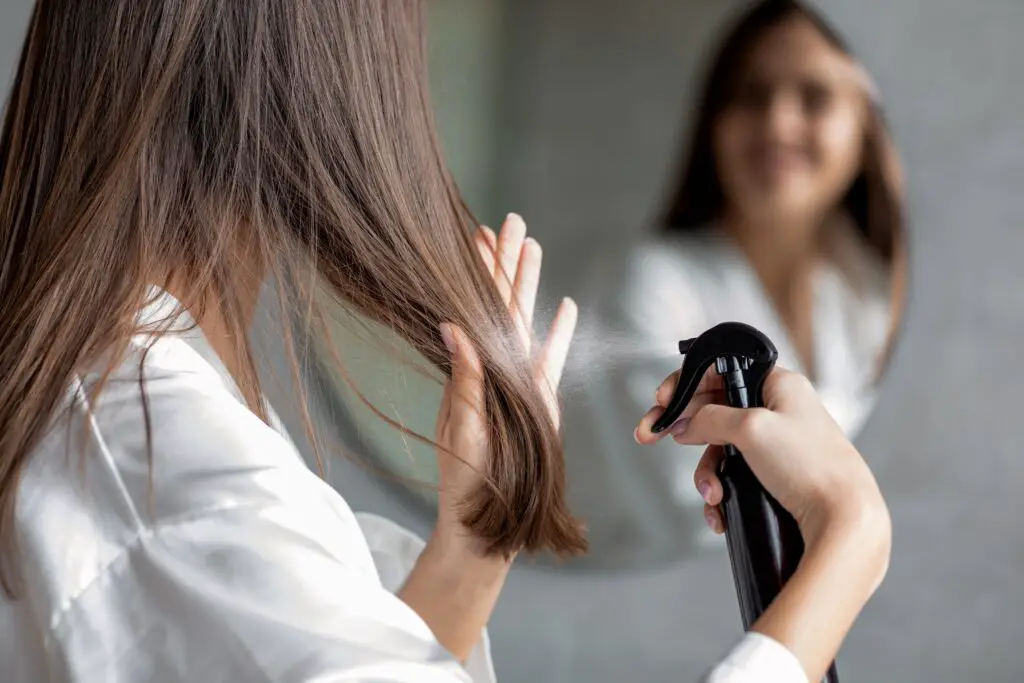
In the ’70s and ’80s, a full mirrored wall was peak sophistication—especially in the dining room. It made the space feel bigger, bounced light around, and let everyone admire their outfits at dinner. Sometimes it came in panels, other times it was floor-to-ceiling and fully seamless.
But outside of the U.S., mirrored walls mostly lived in dance studios and gyms. European design leaned more into minimalism and natural materials, not reflective surfaces meant to impress guests. It was a flashy choice that didn’t always translate well in homes with smaller rooms or historic architecture. In the States, it’s now more of a retro nod than a must-have.
10. Faux Fruit Displays
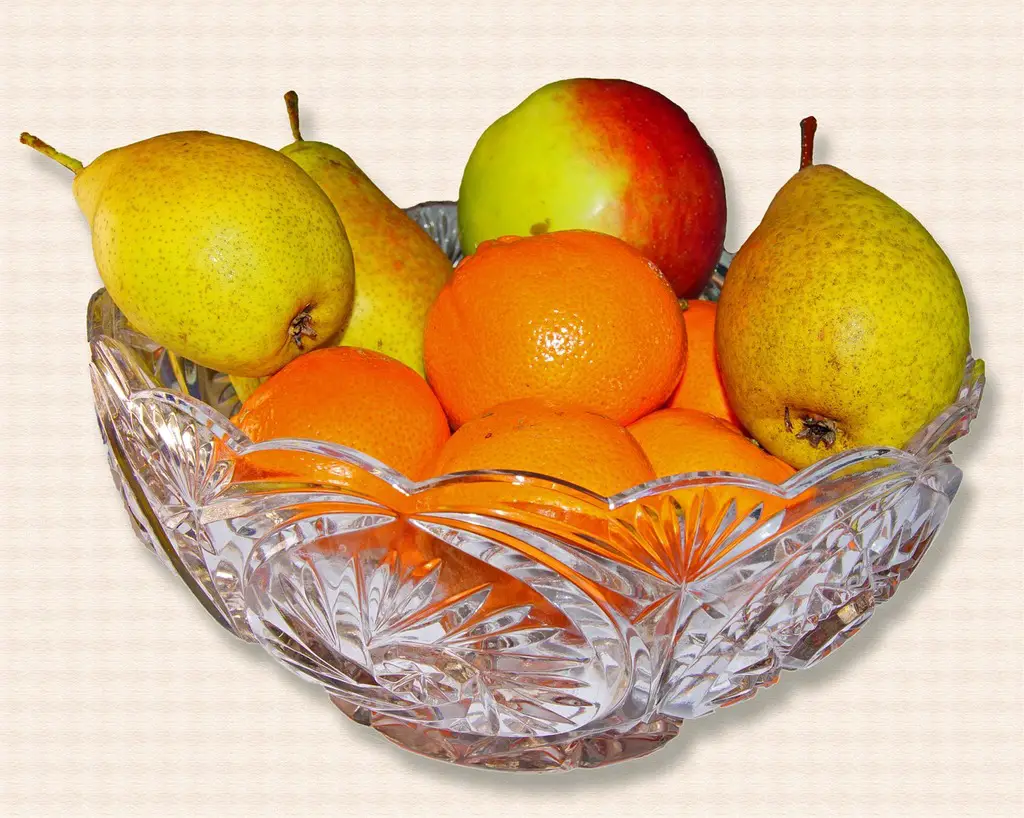
A bowl of fake grapes and wax apples on the kitchen table was practically standard décor in American homes for decades. Sometimes they were made of plastic, sometimes glass or rubber, but they were always polished to a suspicious shine. No one ever tried to eat one, but they looked just real enough to fool a guest from across the room.
This trend never caught on overseas, where fresh fruit is more commonly used as both food and decoration. A bowl of real lemons or seasonal produce made more sense and added a more natural, fragrant touch. The idea of putting out fruit that collected dust was a head-scratcher for many cultures. These days, faux fruit has mostly moved on to thrift shops and nostalgia corners.
11. Tiled Countertops
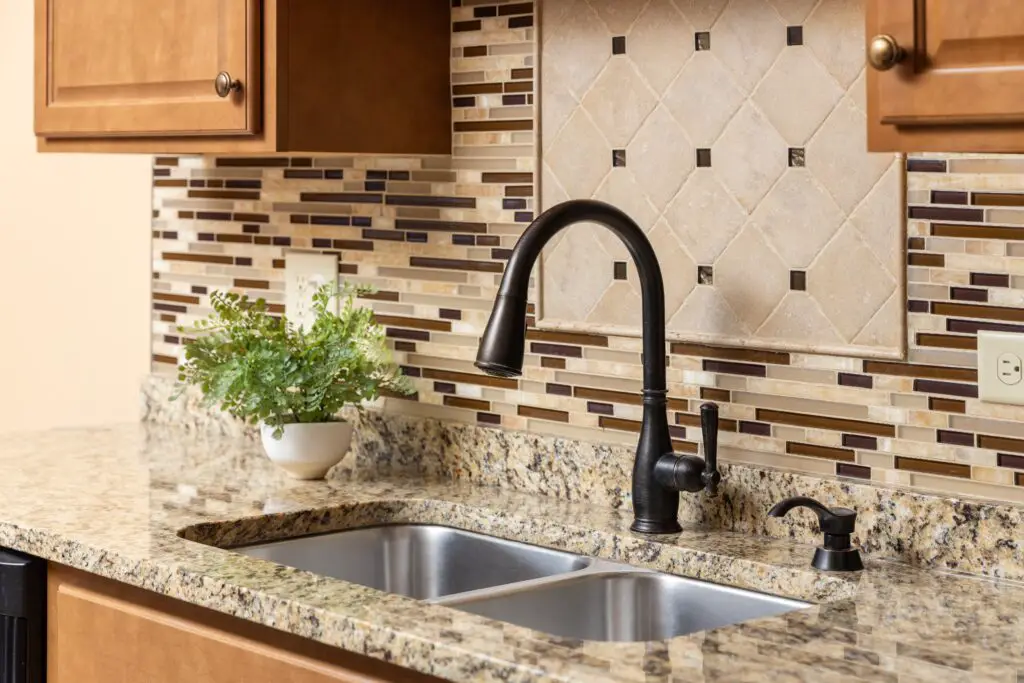
There was a time when tiled countertops were considered the height of kitchen style. Usually in shades of cream or pale blue, with thick grout lines and matching backsplashes, they looked cheerful and easy to clean. But anyone who had one knows the grout was a magnet for crumbs and stains.
While Americans leaned into the tiled look in the ’70s and ’80s, most other countries opted for seamless surfaces like stainless steel, laminate, or wood. Tiled counters felt fussy and high-maintenance compared to those alternatives. Plus, they chipped and cracked over time, making upkeep a hassle. It’s one of those trends we look back on with a mix of fondness and relief.
12. Ceiling Fans with Lights and Pull Chains
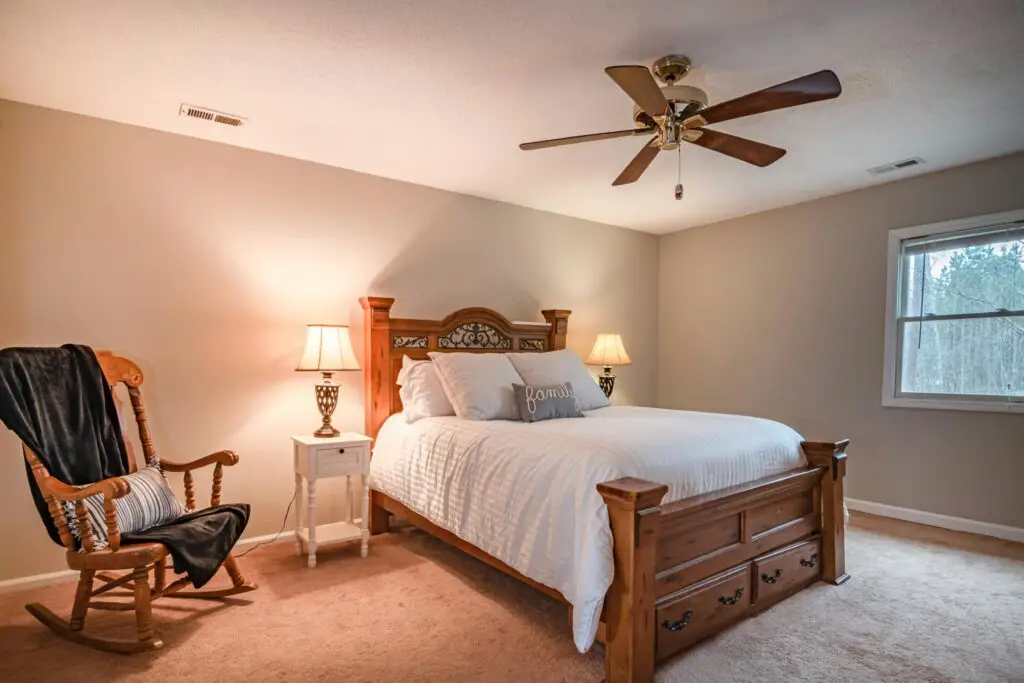
The multi-tasking ceiling fan with light fixtures and pull chains was a staple in many American homes. The idea was function first: light and airflow in one. But the design often looked bulky, with dated glass shades and clunky metal chains dangling like earrings.
Internationally, ceiling fans were used too, but usually with sleeker, more modern aesthetics and wall switches. The pull chain system in particular never made much sense to more minimalist-minded cultures. It also wasn’t common to combine fans and lights in the same fixture elsewhere. In many ways, this trend was a symbol of U.S. practicality—if not necessarily elegance.
13. Country Kitchen Ducks

For whatever reason, ducks became the unofficial mascot of American country kitchens. You’d see them on dish towels, wallpaper, curtains, and even canister sets. Usually wearing little blue ribbons around their necks, they brought a whimsical, down-home vibe to the room.
This kitschy animal obsession never took root overseas, where kitchens were more likely to feature neutral or natural décor. While some cultures embraced decorative motifs, cartoonish poultry wasn’t part of the picture. It’s a deeply nostalgic trend for many Americans but one that leaves others scratching their heads. These days, the ducks mostly live on in vintage shops—and in our memories.
